1. High blood pressure is common after the age of 50

Image source: Reddit
Hypertension (high blood pressure) is often asymptomatic but can cause damage to blood vessels, heart, brain, and kidneys over time. Lifestyle modifications such as dietary changes, regular exercise, stress management, and medication help manage blood pressure and reduce the risk of complications.
2. Arthritis - especially knees and hips
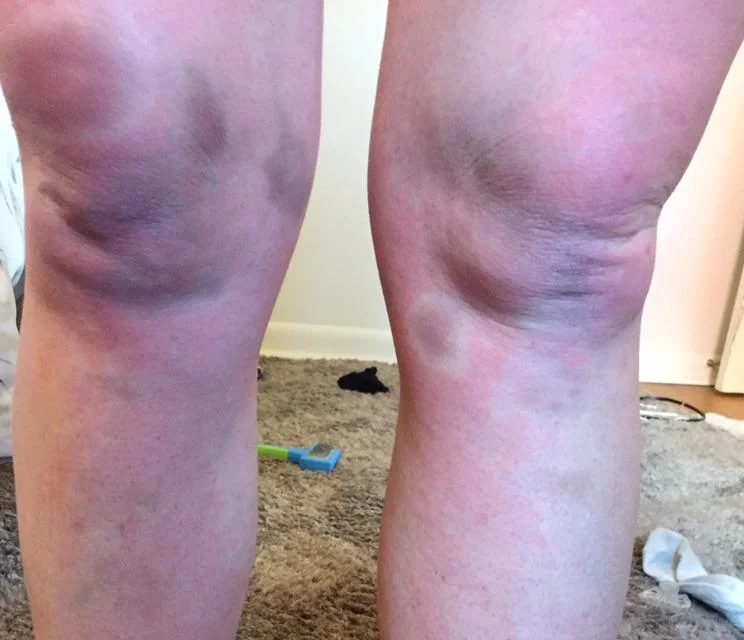
Image source: Reddit
Osteoarthritis primarily affects weight-bearing joints like knees, hips, and spine, causing pain, stiffness, and reduced range of motion. Rheumatoid arthritis is an autoimmune disorder that can affect multiple joints simultaneously, leading to inflammation, joint deformities, and systemic symptoms like fatigue and fever.
3. Heart disease - angina and heart attacks

Image source: Lifelong
Coronary artery disease occurs due to the buildup of plaque in the arteries supplying blood to the heart, leading to angina (chest pain) and heart attacks. Heart failure occurs when the heart cannot pump blood effectively, causing fluid build up in the lungs and legs, leading to shortness of breath and fatigue.
4. Type 2 diabetes - you may not know you even have it!

Image source: Reddit
Type 2 diabetes is influenced by genetic factors, obesity, sedentary lifestyle, and insulin resistance. Complications include cardiovascular disease, nerve damage, kidney failure, vision loss, and poor wound healing. You may have type 2 diabetes and not realise it.
5. Different types of cancers

Image source: Reddit
Regular screenings, lifestyle modifications (such as maintaining a healthy weight and avoiding tobacco), and early detection are crucial for managing cancer risk. Treatment options include surgery, chemotherapy, radiation therapy, immunotherapy, and targeted therapy, depending on the type and stage of cancer.
6. Chronic obstructive pulmonary disease - possibly from smoking

Image source: Reddit
COPD is often caused by long-term exposure to irritants like cigarette smoke and environmental pollutants. Management includes smoking cessation, pulmonary rehabilitation, bronchodilators, and in severe cases, supplemental oxygen therapy or lung transplantation.
7. Risk of having a stroke

Image source: Reddit
Ischemic strokes occur when a blood clot blocks an artery in the brain, while haemorrhagic strokes result from a ruptured blood vessel. Rehabilitation focuses on restoring lost function through physical therapy, occupational therapy, speech therapy, and lifestyle modifications to reduce the risk of recurrent strokes.
8.
Dementia or early symptoms of it
Image source: Reddit
Dementia affects your memory, language, judgment, and behavior, often requiring comprehensive care and support from caregivers and healthcare professionals. Early diagnosis and management can help improve quality of life and delay disease progression.
9. Depression which isn't always diagnosed
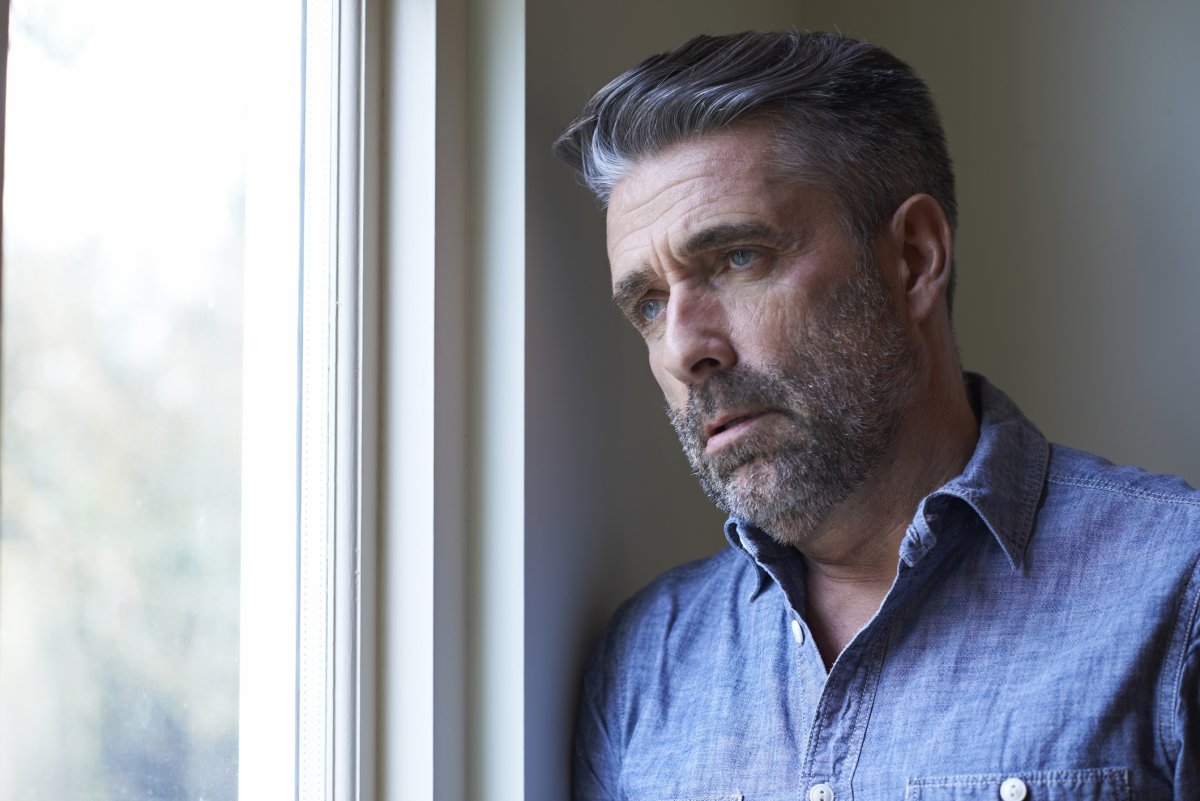
Image source: Metro UK
Depression in older adults can be overlooked or mistaken for normal aging, but it's a treatable condition with psychotherapy, medication, support groups, and lifestyle changes. Social engagement, physical activity, and maintaining a sense of purpose are essential for managing depression.
10. Problems with your vision
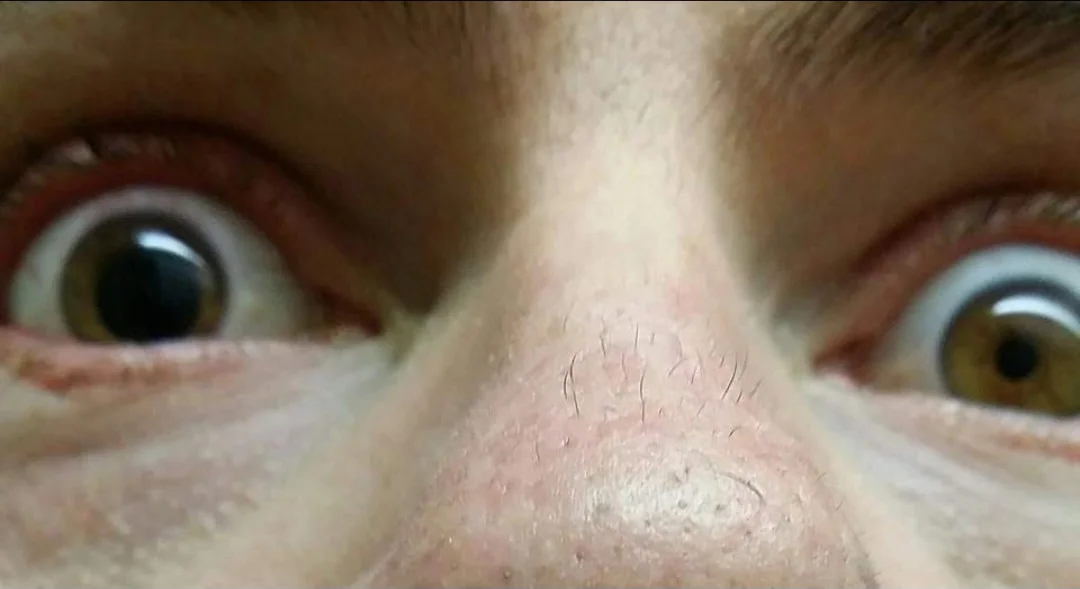
Image source: Reddit
Regular eye exams help detect age-related eye diseases early, allowing for timely intervention to prevent vision loss. Treatment options include corrective lenses, medications, laser therapy, and surgical procedures like cataract surgery and retinal detachment repair.
11. Gradual hearing loss

Image source: The Guardian
Modern hearing aids are discreet and technologically advanced, amplifying sounds and improving speech understanding. Assistive listening devices, like amplified telephones and TV listening systems, can enhance communication. Addressing hearing loss early through screenings and interventions.
12. Osteoporosis increasing the risk of fractures

Image source: SpineInfo
Osteoporosis increases the risk of fractures, particularly in the spine, hips, and wrists, often resulting from hormonal changes, inadequate calcium intake, and lack of weight-bearing exercise. Fractures related to osteoporosis can have significant consequences, including chronic pain, loss of mobility, and increased mortality rates.
13. Embarrassing u
rinary incontinence
Image source: Reddit
Bladder training techniques, such as scheduled voiding and urge suppression, can help control urinary incontinence. Kegel exercises have proved effective by strengthening the muscles that control urine flow and can reduce symptoms of stress incontinence.
14. Annoying digestive issues
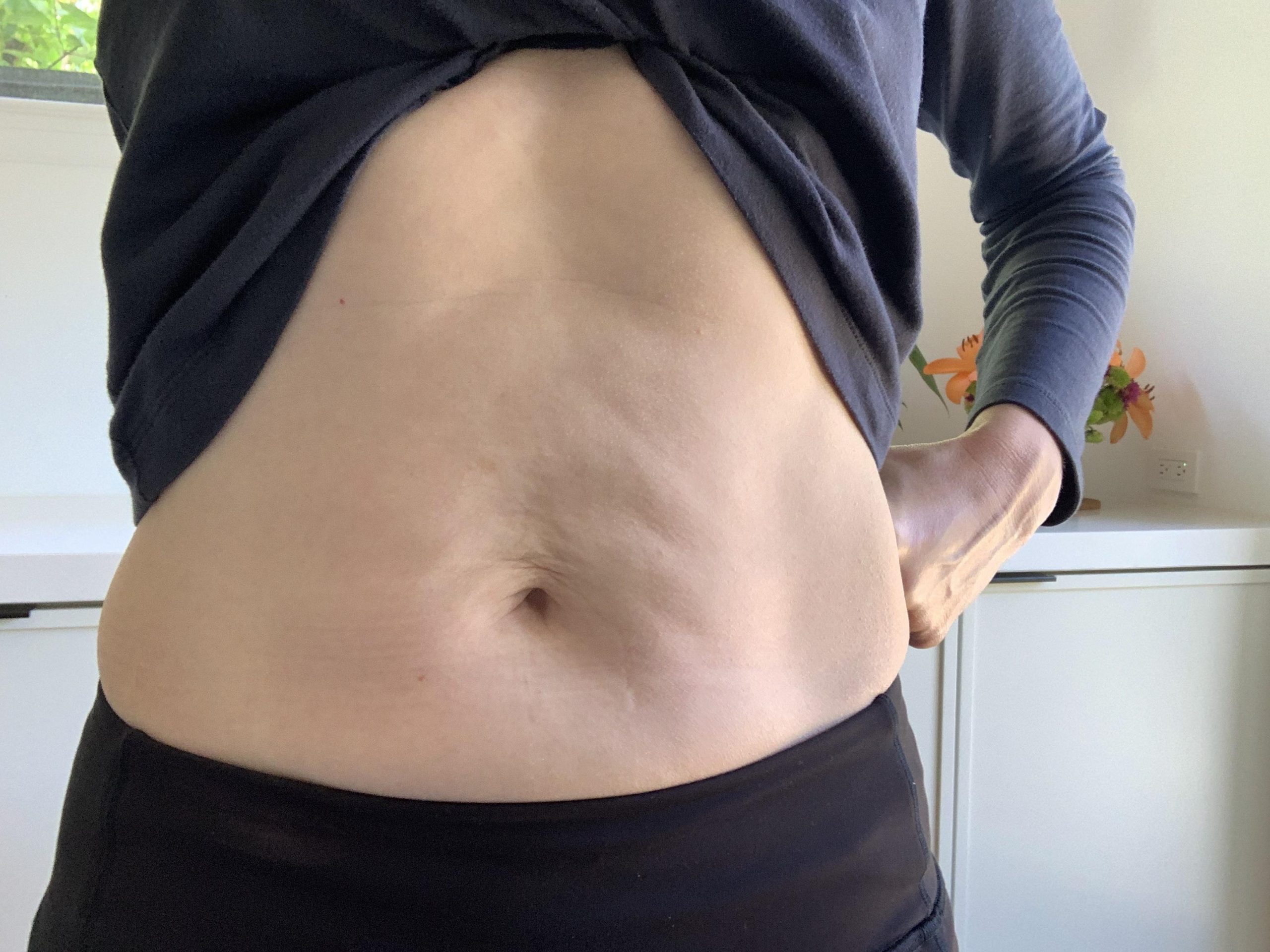
Image source: Reddit
Increasing fiber intake, staying hydrated, and avoiding trigger foods can help alleviate symptoms of constipation, GERD, and irritable bowel syndrome. Proton pump inhibitors, antacids, laxatives, and anti-diarrheal medications can provide relief from digestive discomfort.
15. Problems with sleeping

Image source: Reddit
Establishing a consistent sleep schedule, creating a comfortable sleep environment, and avoiding stimulants like caffeine and electronic devices before bedtime can promote better sleep. CBT techniques address negative thought patterns and behaviors that contribute to insomnia and other sleep disorders.
16.
Gum disease which shouldn't be ignored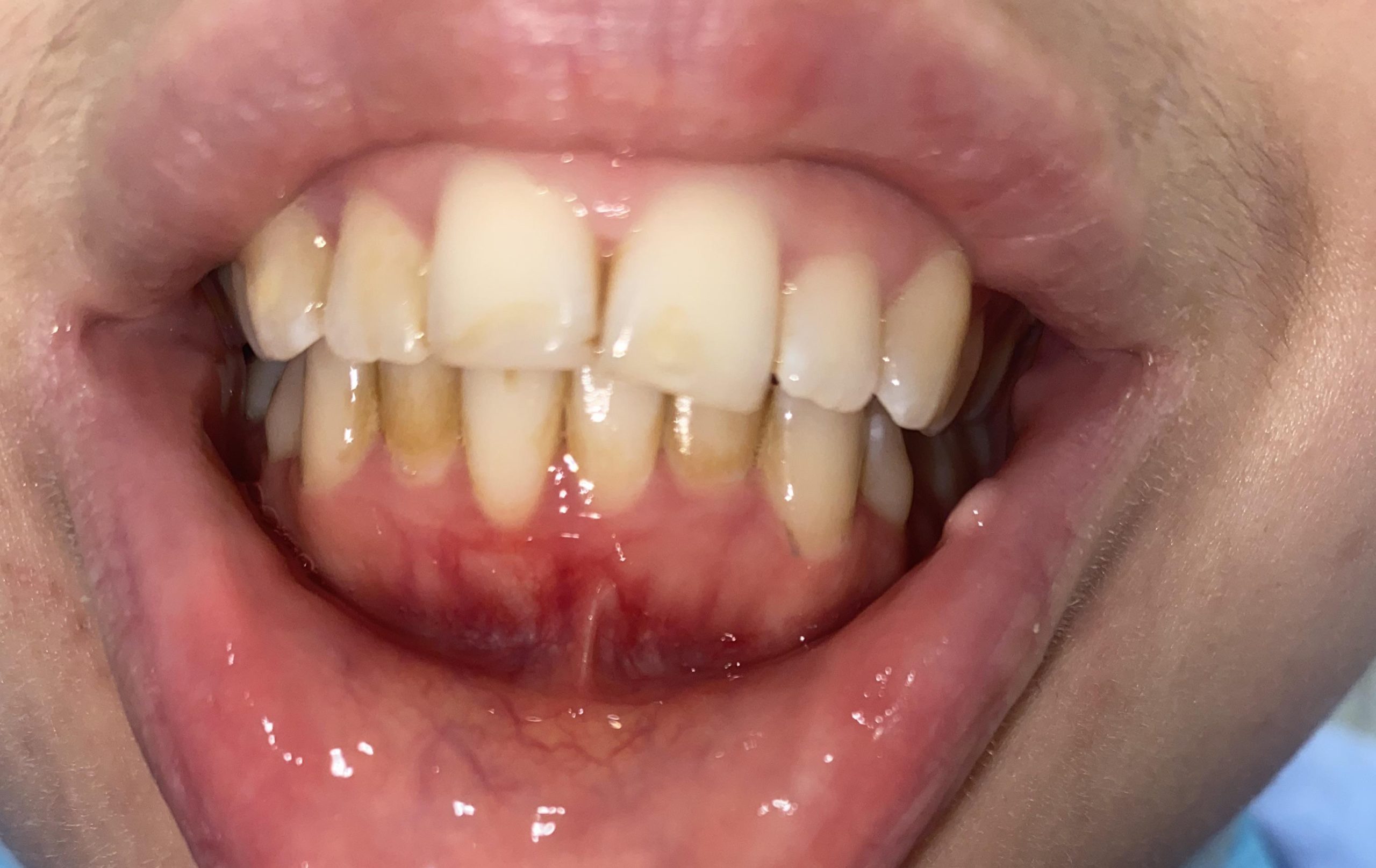
Image source: Reddit
Brushing teeth twice daily with fluoride toothpaste, flossing daily, and using antimicrobial mouth rinses help remove plaque and prevent gum disease.
Routine dental examinations allow for early detection and treatment of gum disease and other oral health issues.
17. Various skin conditions

Image source: Reddit
Wearing sunscreen with SPF 30 or higher, seeking shade, wearing protective clothing, and avoiding peak sun hours help prevent sunburn and reduce the risk of skin cancer. Using moisturizers helps maintain skin hydration and elasticity, reducing the appearance of dryness, wrinkles, and age spots.
18. Obesity which has crept up over the years

Image source: Reddit
Adopting a balanced diet rich in fruits, vegetables, lean proteins, and whole grains promotes weight loss and overall health. Engaging in regular exercise, such as walking, swimming, cycling, or strength training, helps burn calories, build muscle, and improve cardiovascular fitness.
19. Joint pain is a real pain!
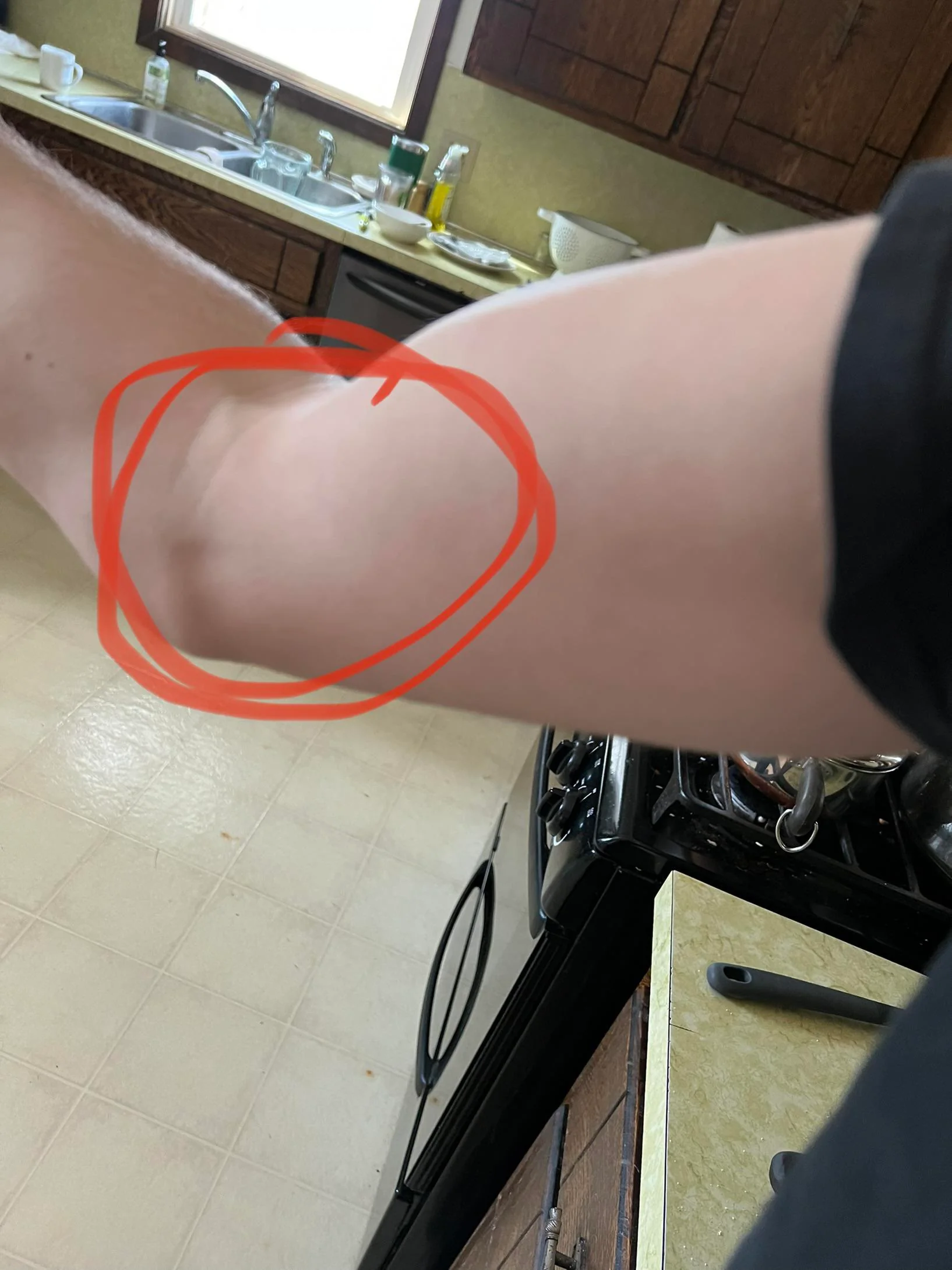
Image source: Reddit
Targeted exercises, stretching, and manual techniques improve joint flexibility, strength, and function while reducing pain. Activities like swimming, cycling, yoga, and tai chi provide cardiovascular benefits and promote joint health without placing excessive stress on the joints.
20. Respiratory infections so take up offers of vaccines

Image source: NBC News
Annual flu shots and pneumococcal vaccines help prevent influenza and pneumonia, reducing the risk of respiratory infections and complications. Handwashing with soap and water or using alcohol-based hand sanitizers reduces the spread of respiratory viruses and bacteria.
21. Hypothyroidism - issue with thyroid gland
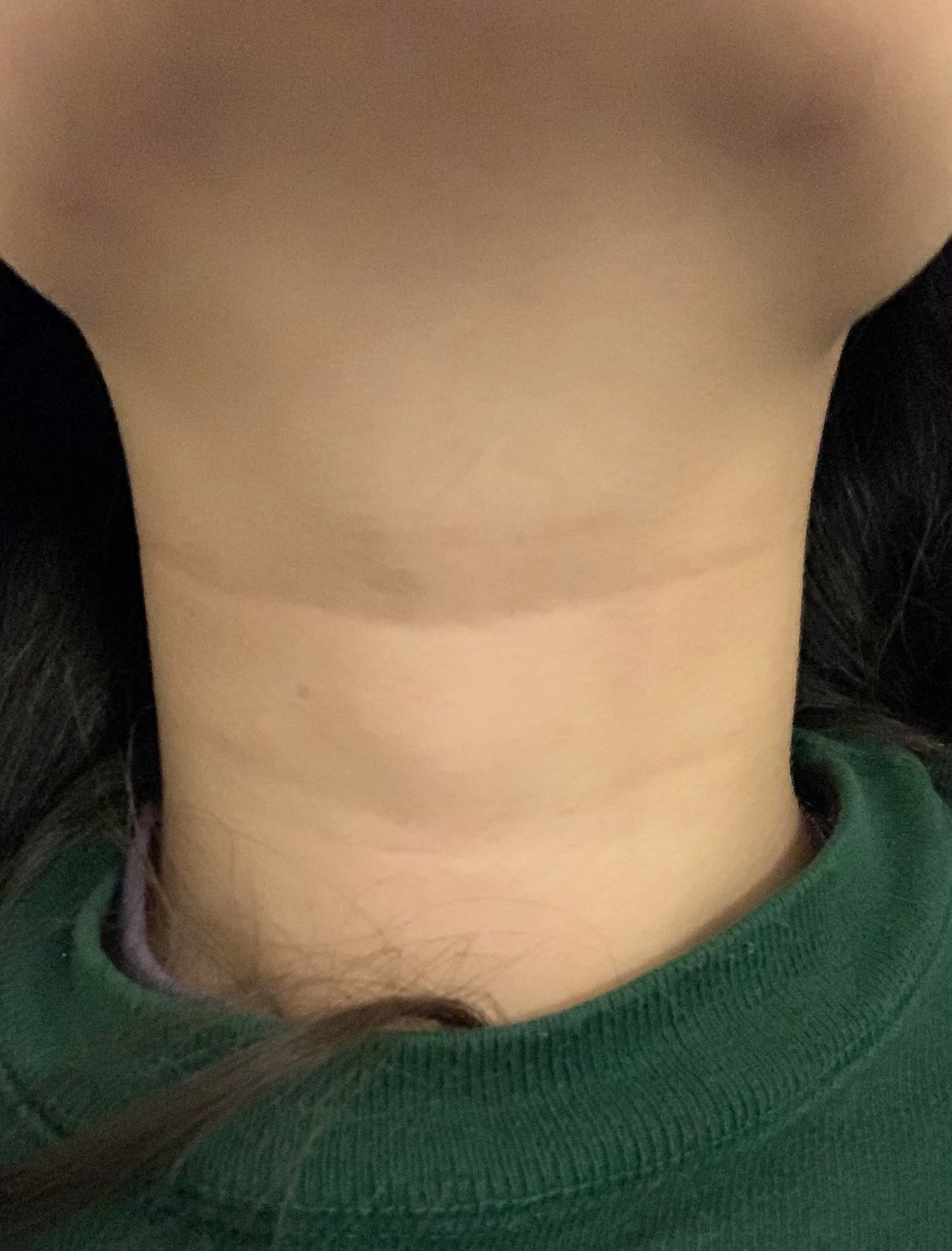
Image source: Reddit
Hypothyroidism occurs when the thyroid gland fails to produce enough thyroid hormone, leading to a slowdown in bodily functions. Symptoms include fatigue, weight gain, cold intolerance, dry skin, constipation, and depression. Treatment typically involves thyroid hormone replacement therapy to restore hormone levels to normal.
22. Chronic kidney disease - gradual loss of kidney function

Image source: Reddit
CKD is characterized by the gradual loss of kidney function over time, often due to conditions like diabetes, high blood pressure, and glomerulonephritis. Symptoms may not appear until later stages, but they can include fatigue, swelling in the legs, foamy urine, and changes in urination frequency.
23. Gout - yes, it's more common that you think
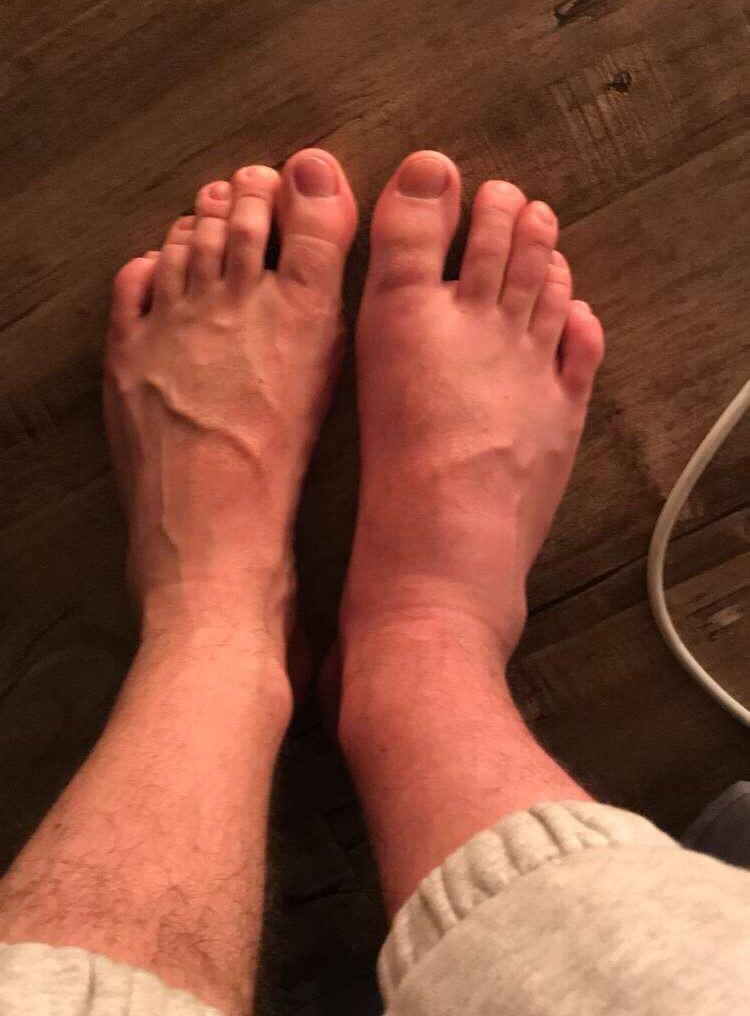
Image source: Reddit
Gout is a form of inflammatory arthritis caused by the buildup of uric acid crystals in the joints, leading to sudden and severe pain, swelling, and redness, typically in the big toe. Triggers include certain foods (such as red meat, seafood, and alcohol), obesity, and medications.
24.
Peripheral neuropathy damage to the nerves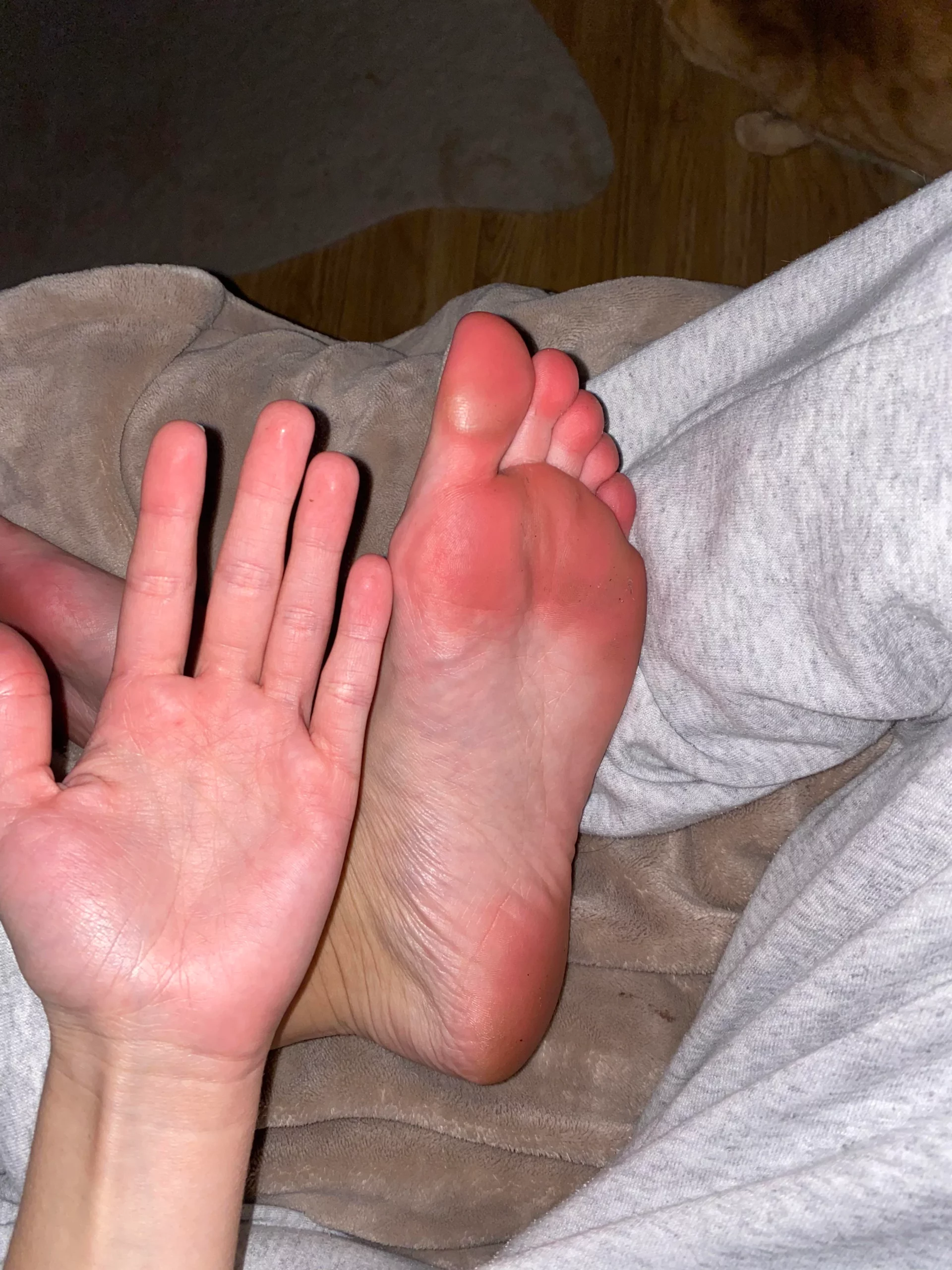
Image source: Reddit
Peripheral neuropathy refers to damage to the peripheral nerves, resulting in symptoms like numbness, tingling, burning sensations, and weakness, often starting in the hands and feet. Causes include diabetes, vitamin deficiencies (especially B vitamins), autoimmune diseases, infections, and exposure to toxins.
25. Chronic pain syndromes such as fibromyalgia

Image source: Upper Scene
Chronic pain syndromes like fibromyalgia and chronic back pain are characterized by persistent pain that lasts for months or even years. Fibromyalgia is associated with widespread musculoskeletal pain, fatigue, sleep disturbances, and mood disorders. Chronic back pain can result from conditions like osteoarthritis, degenerative disc disease, spinal stenosis, and herniated discs.
26. General cognitive decline

Image source: Reddit
Cognitive decline refers to a gradual deterioration in cognitive function, memory, and thinking skills. Mild cognitive impairment (MCI) is a transitional stage between normal age-related cognitive changes and dementia. Dementia encompasses a range of cognitive disorders including Alzheimer's disease, vascular dementia, and Lewy body dementia.
27.
Deep vein thrombosis (DVT)
Image source: Reddit
DVT occurs when blood clots form in the deep veins of the legs, pelvis, or arms, often due to factors like immobility, surgery, pregnancy, obesity, or a history of clotting disorders. Symptoms include leg pain, swelling, warmth, and redness, but DVT can also be asymptomatic.
28. Cataracts in one or both eyes

Image source: Reddit
Cataracts involve clouding of the eye's natural lens, leading to blurred vision, glare sensitivity, difficulty seeing at night, and faded colors. Aging, UV radiation exposure, smoking, and certain medications increase the risk of cataracts. Surgical removal of the cloudy lens and replacement with an artificial intraocular lens is the standard treatment.
29.
Benign prostatic hyperplasia (BPH)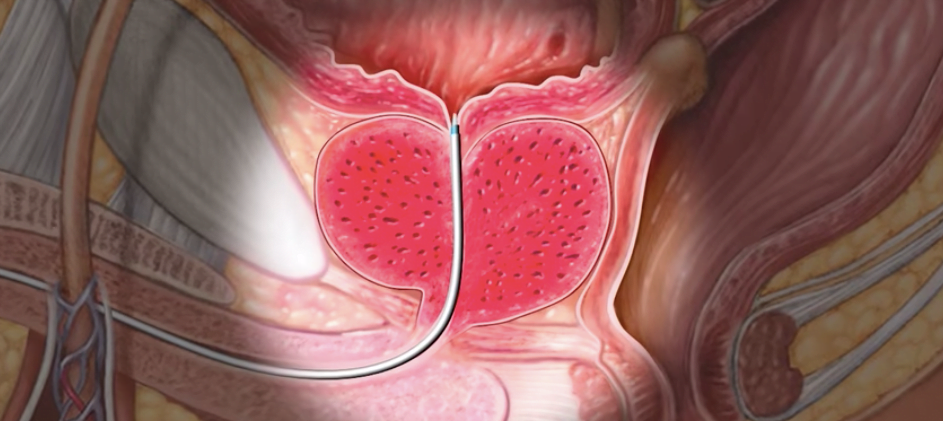
Image source: NYT
BPH is a non-cancerous enlargement of the prostate gland, common in men as they age, leading to urinary symptoms like frequency, urgency, weak stream, and incomplete emptying. Treatment options include medications (such as alpha-blockers and 5-alpha-reductase inhibitors), minimally invasive procedures (like transurethral resection of the prostate), and surgery for severe cases.
30.
Chronic obstructive sleep apnea (OSA)
Image source: SciTechDaily
OSA is characterized by repeated episodes of partial or complete upper airway obstruction during sleep, leading to disrupted sleep patterns, daytime fatigue, and increased risk of cardiovascular problems.Risk factors include obesity, aging, anatomical factors, and certain medical conditions.
31. Hypertrophic cardiomyopathy (HCM) which is genetic

Image source: Reddit
HCM is a genetic condition characterized by abnormal thickening of the heart muscle, particularly the left ventricle. Symptoms may include chest pain, shortness of breath, palpitations, fainting, and fatigue. Treatment aims to manage symptoms and reduce the risk of complications, which may include medications, lifestyle modifications, and in some cases, surgical interventions.
32. Diverticulitis which forms in the colon
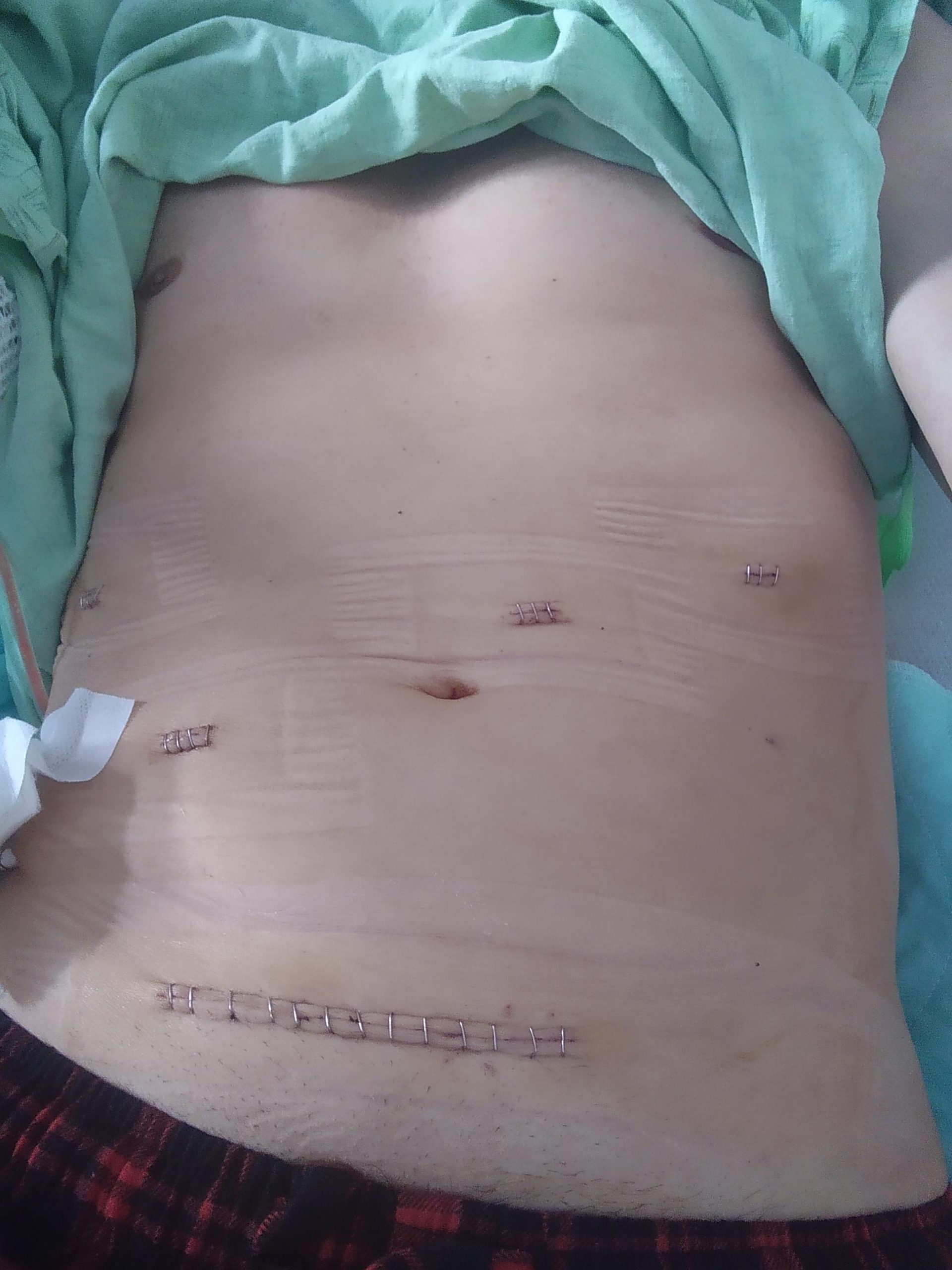
Image source: Reddit
Diverticulitis occurs when small pouches (diverticula) that form in the wall of the colon become inflamed or infected. Symptoms include abdominal pain (usually in the lower left side), fever, nausea, vomiting, constipation, or diarrhea. Treatment often involves antibiotics, dietary modifications (such as a clear liquid or low-fiber diet during acute episodes), and, in severe cases, hospitalization and possible surgery.
33.
Macular degeneration - eye disease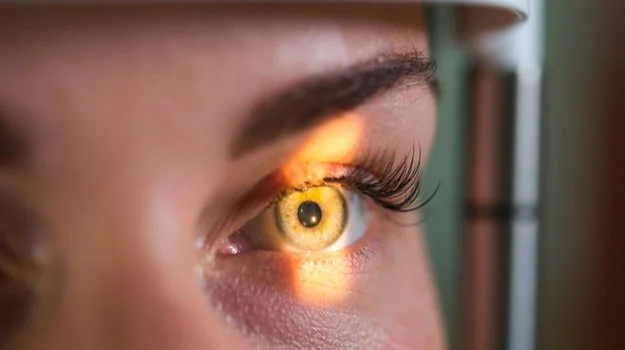
Image source: Reddit
Macular degeneration is an eye disease that affects the macula, the central part of the retina responsible for sharp, central vision. Age-related macular degeneration (AMD) is the leading cause of vision loss in individuals over 50 .Treatment may involve medications, laser therapy, photodynamic therapy, or injections into the eye.
34.
Obstructive sleep apnea (OSA) die to airway obstruction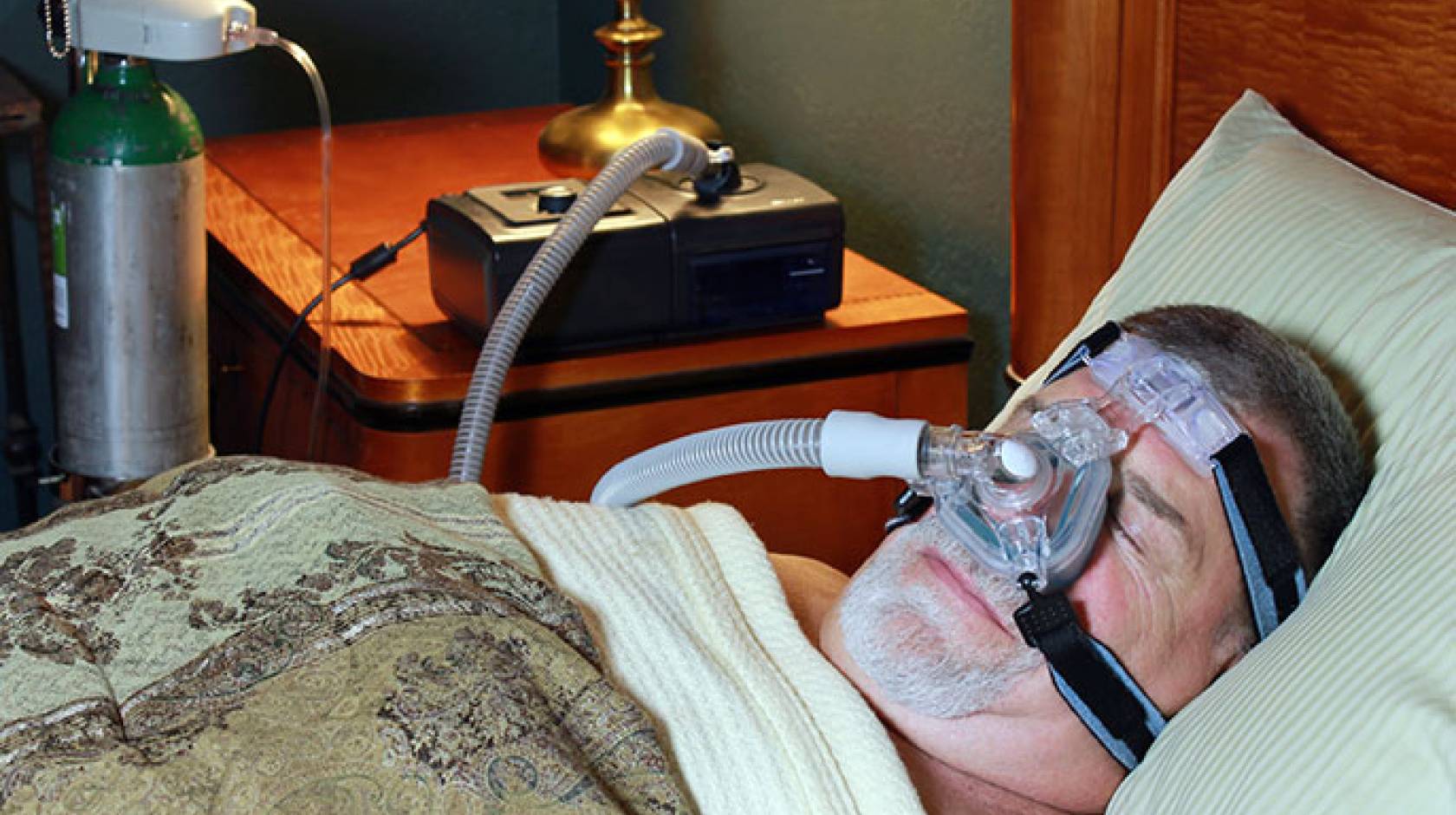
Image source: NYT
OSA is a sleep disorder characterized by repetitive episodes of complete or partial upper airway obstruction during sleep, leading to disrupted sleep patterns and decreased oxygen levels. Risk factors include obesity, anatomical abnormalities, alcohol consumption, and certain medications.
35.
Chronic liver disease such as fatty liver
Image source: Reddit
Chronic liver diseases like fatty liver disease, hepatitis B and C, and cirrhosis can result from various factors including alcohol abuse, viral infections, autoimmune disorders, and metabolic conditions. Symptoms may include fatigue, jaundice, abdominal pain, swelling, and easy bruising.
36.
Osteomyelitis - bone infection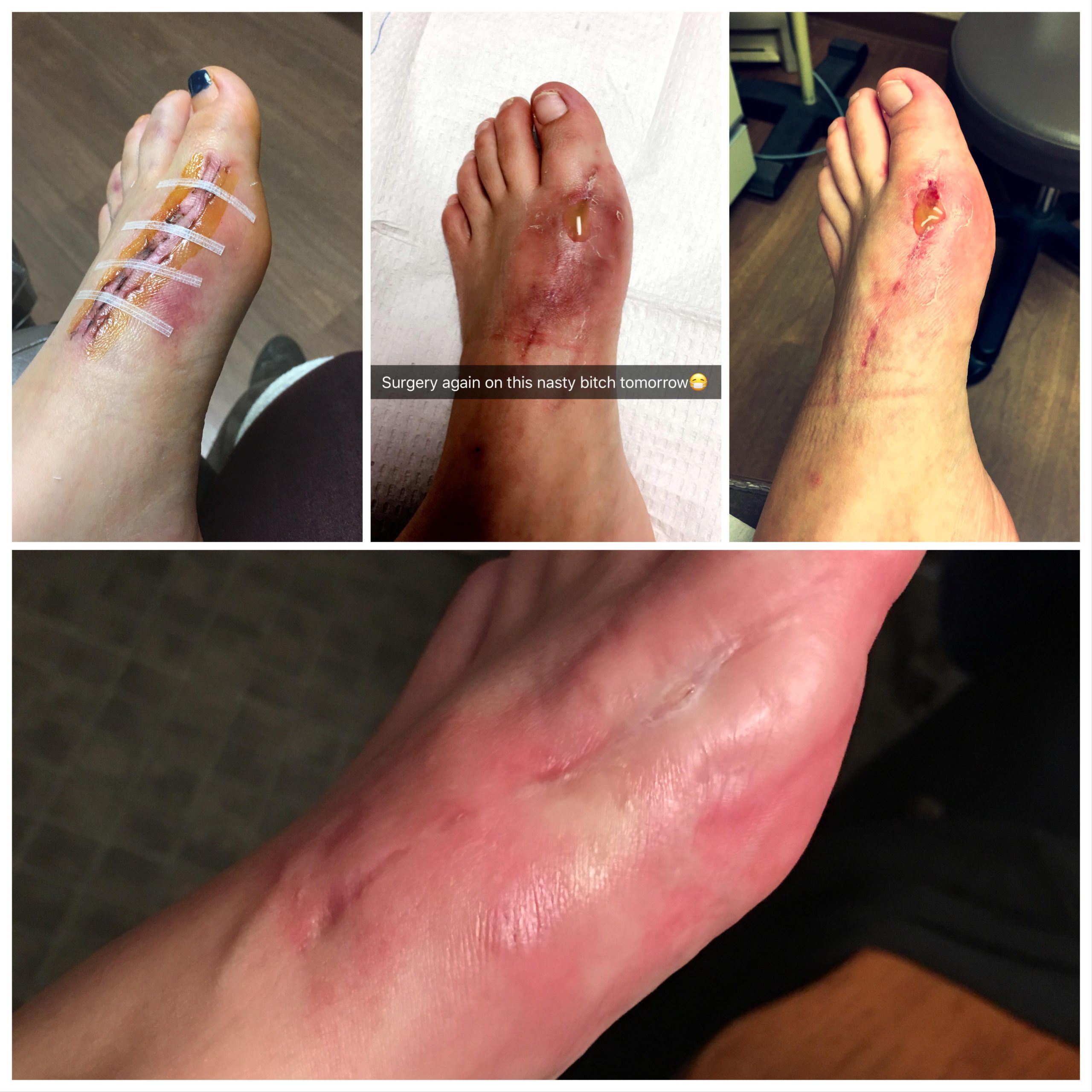
Image source: Reddit
Osteomyelitis is an infection of the bone often caused by bacteria or fungi, which can enter the bone through the bloodstream, open wounds, or surgical procedures. Symptoms include bone pain, fever, swelling, redness, and drainage from the affected area. Treatment typically involves intravenous antibiotics and surgical drainage.
37.
Polymyalgia rheumatica (PMR) causing pain in shoulders
Image source: Insider
PMR is an inflammatory disorder that causes muscle pain and stiffness, especially in the shoulders, neck, and hips. Other symptoms may include fatigue, fever, weight loss, and depression. Treatment involves corticosteroid medications to reduce inflammation and manage symptoms, often with a gradual tapering of the dosage over time.
38. Venous insufficiency - when veins can't get blood to the heart

Image source: Reddit
Venous insufficiency occurs when the veins have difficulty returning blood from the legs to the heart, leading to symptoms like leg swelling, varicose veins, leg pain, and skin changes such as discoloration or ulcers. Treatment may involve compression therapy, lifestyle modifications, vein procedures (such as sclerotherapy or vein stripping).
39. Chronic bronchitis which produces excessive mucus

Image source: Business Insider
Chronic bronchitis is a type of chronic obstructive pulmonary disease (COPD) characterized by inflammation and narrowing of the bronchial tubes, leading to coughing, excessive mucus production, shortness of breath, and recurrent respiratory infections. Management includes smoking cessation, bronchodilator medications and corticosteroids.
40. Chronic venous ulcers that develop in lower legs
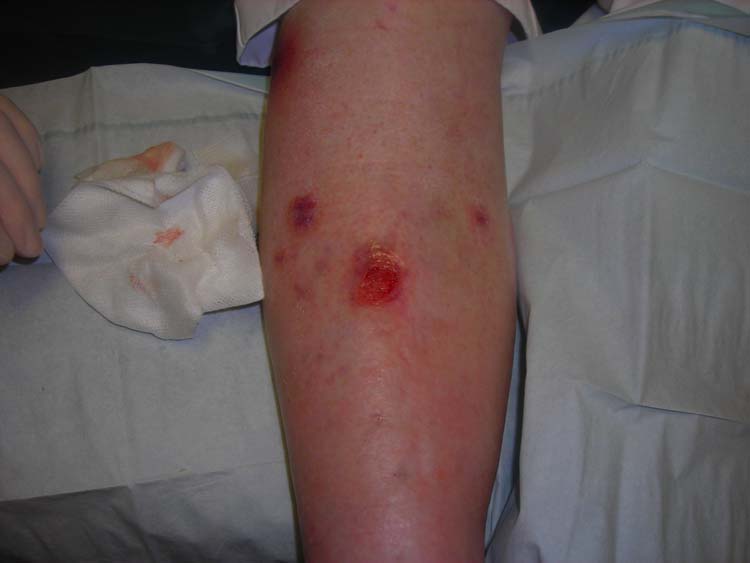
Image source: Wikipedia
Chronic venous ulcers are open sores that develop on the lower legs or ankles due to poor circulation and venous insufficiency. Treatment involves wound care, compression therapy, elevation of the legs, management of underlying venous insufficiency, and addressing contributing factors such as obesity or diabetes.
41. What you can do to stay healthy in your 50s -
Regular exercise
Image source: Reddit
Engage in regular physical activity that includes aerobic exercises (such as walking, jogging, swimming, or cycling) and strength training to improve cardiovascular health, muscle strength, flexibility, and balance. Aim for 30 minutes at least 5 times a week.
42. Stick to a mainly healthy diet

Image source: Grapes
Maintain a balanced diet rich in fruits, vegetables, whole grains, lean proteins, and healthy fats. Limit intake of processed foods, sugary snacks, and high-fat foods, and watch portion sizes to manage weight and prevent chronic diseases like heart disease, diabetes, and obesity.
43. Attend routine medical check-ups
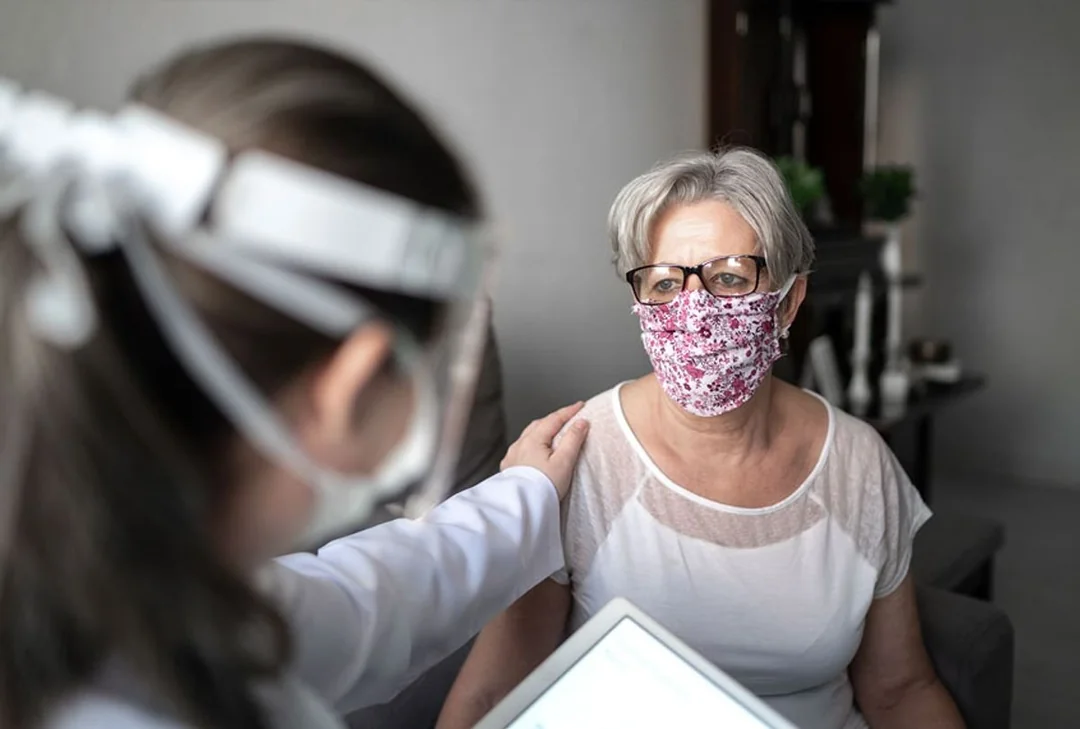
Image source: Reddit
Schedule regular check-ups with your healthcare provider for preventive screenings, vaccinations, and health assessments. Monitor blood pressure, cholesterol levels, blood sugar levels, and other key health indicators to detect and address any health issues early.
44. Try and manage stress levels
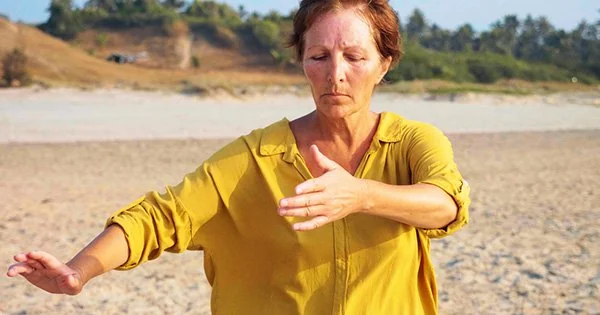
Image source: Reddit
Practice stress-reduction techniques such as mindfulness meditation, deep breathing exercises, yoga, tai chi, or spending time in nature. Prioritize self-care activities and hobbies that promote relaxation and emotional well-being. You should notice a difference after a few sessions.
45. Try and get adequate sleep

Image source: The Telegraph
Aim for 7-9 hours of quality sleep each night to support physical and mental health, cognitive function, and immune system function. Maintain a consistent sleep schedule, create a relaxing bedtime routine, and optimize your sleep environment for restful sleep.
46. It's important to maintain social connections

Image source: NZ Seniors
Stay connected with friends, family, and community groups to foster social support, companionship, and a sense of belonging. Engage in social activities, volunteer work, or join clubs and organizations to stay active and connected with others. Try not to isolate yourself.
47. Limit you alcohol consumption and be honest about it!

Image source: Reddit
Drink alcohol in moderation, if at all, to reduce the risk of alcohol-related health problems like liver disease, heart disease, certain cancers, and cognitive decline. Follow guidelines for moderate drinking, which typically means up to one drink per day for women and up to two drinks per day for men.
48. Quit smoking RIGHT NOW

Image source: Reddit
If you smoke, seek support and resources to quit smoking, as smoking is a major risk factor for numerous health conditions, including heart disease, lung disease, stroke, and cancer. Explore smoking cessation programs, medications, counselling, and support groups to help you quit successfully.
49. Stay mentally active

Image source: Reddit
Keep your mind sharp and engaged by challenging yourself with puzzles, crosswords, games, hobbies, reading, learning new skills, or pursuing creative activities. Stay intellectually curious and seek out opportunities for lifelong learning and personal growth.
50.
Practice sun safety at all times
Image source: Reddit
Protect your skin from harmful UV radiation by wearing sunscreen with SPF 30 or higher, seeking shade, wearing protective clothing (such as wide-brimmed hats and sunglasses), and avoiding prolonged sun exposure, especially during peak hours. Perform regular skin self-examinations and seek medical attention for any unusual changes in moles or skin lesions.

















































